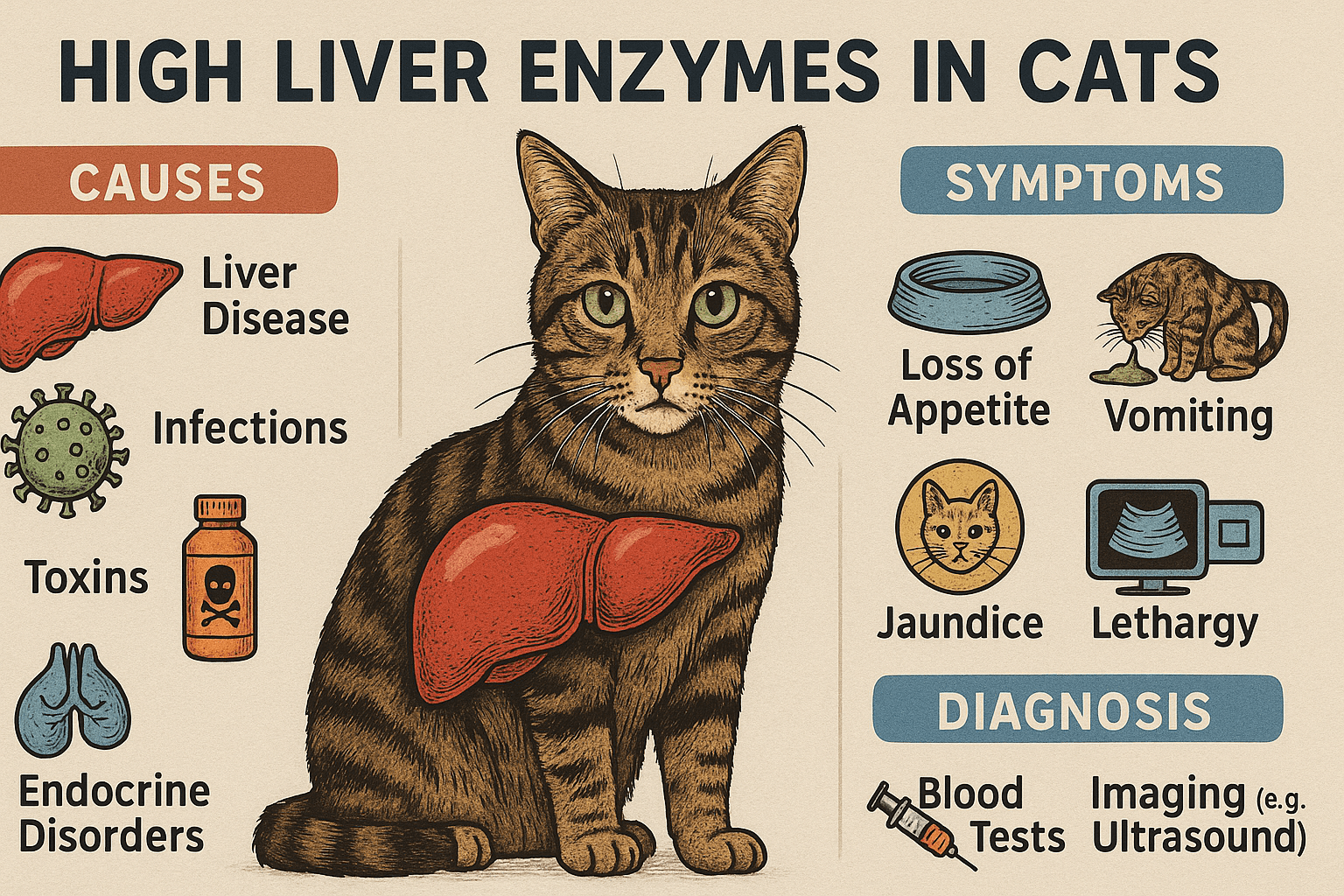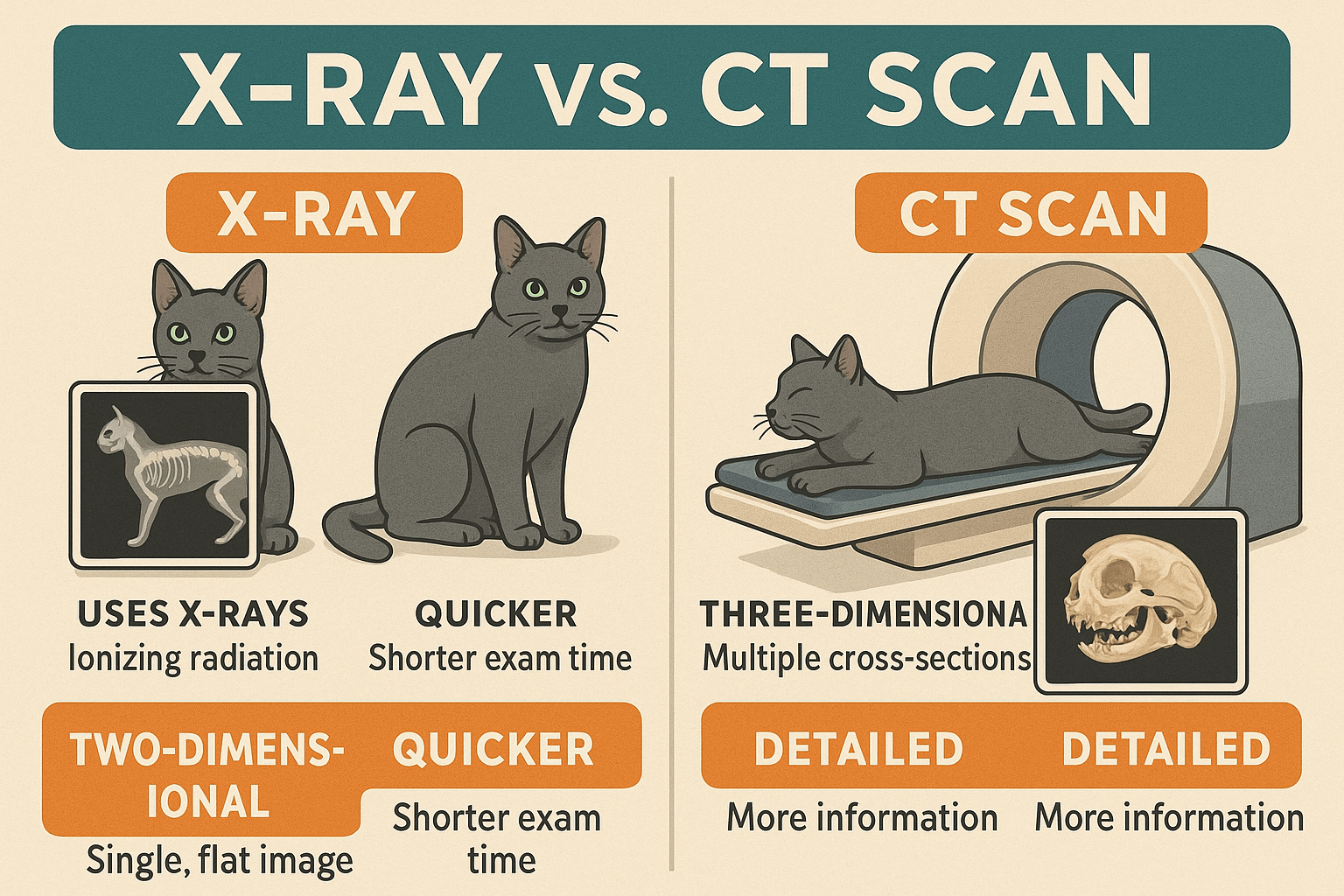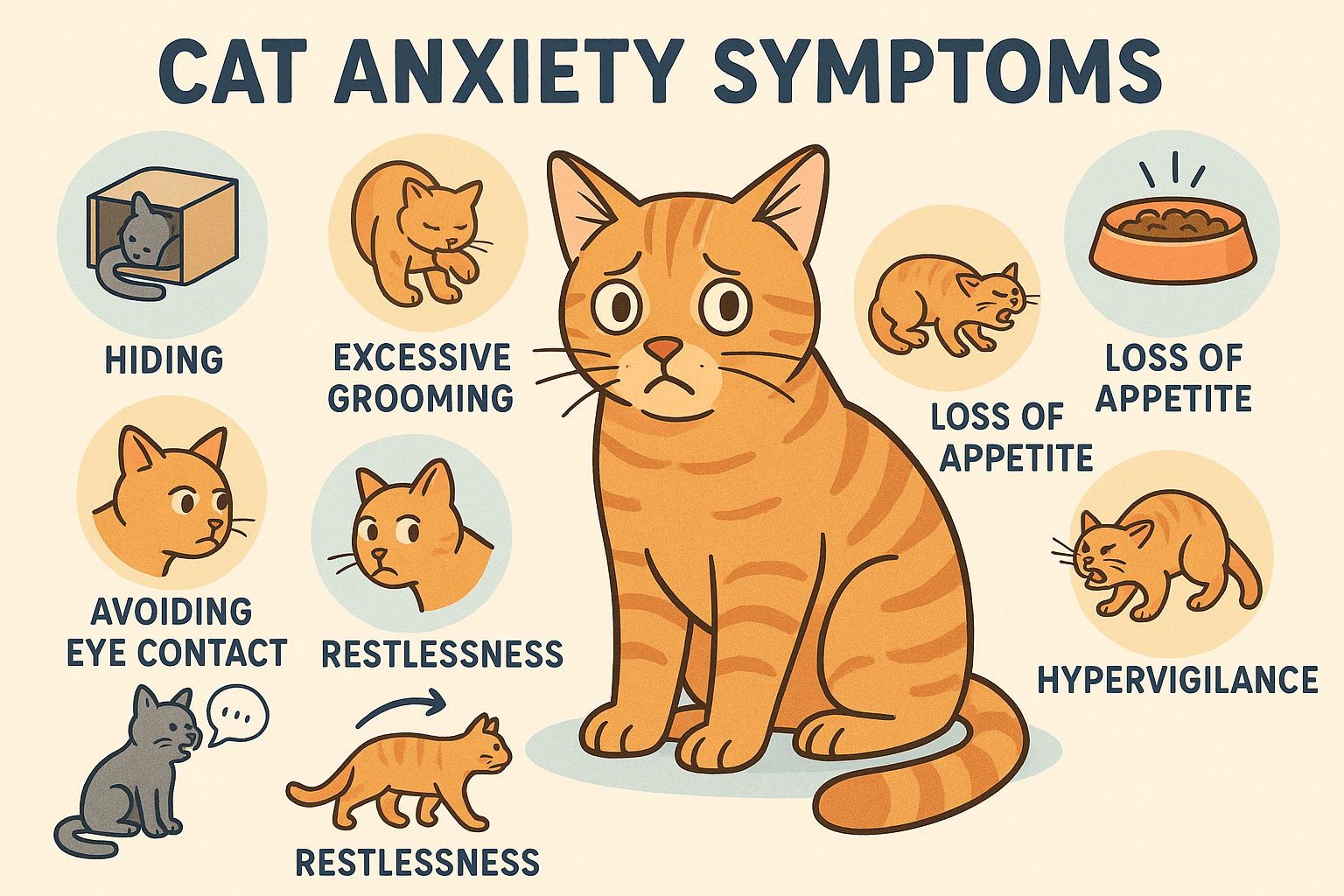Can Cats Learn Sign Language? Unlocking Communication with Your Feline Friend
Cats are known for their independence and mysterious ways of communicating. While they may not speak words like humans, they have their own unique methods of expressing themselves—through meows, body language, and even subtle gestures. But have you ever wondered if cats can learn sign language? The idea might sound far-fetched at first, but with patience and creativity, you can teach your feline companion to recognize and respond to hand signals or signs.
This blog post explores the fascinating world of “sign language” for cats, offering tips on how to communicate effectively, understand their needs, and strengthen your bond through non-verbal cues. Whether you’re a curious cat owner or someone looking for innovative ways to interact with your pet, this guide will inspire you to try something new.
How Cats Communicate Naturally
Before diving into teaching your cat sign language, it’s important to understand how cats already communicate with us. Cats rely heavily on body language and vocalizations to express their emotions and intentions. Here’s a breakdown of their natural communication methods:
Tail Movements :
A raised tail indicates happiness, while a puffed-up tail suggests fear or aggression.Ear Positions :
Forward-facing ears show curiosity, while flattened ears signal discomfort or anger.Eye Contact :
Slow blinking is a sign of trust and affection, often referred to as a “cat kiss.”Vocalizations :
Meows, purrs, hisses, and chirps each convey different messages depending on the situation.Body Posture :
Arched backs and sideways stances are defensive postures, while rolling over exposes vulnerability and trust.
Understanding these natural behaviors lays the foundation for introducing sign language, as you’ll be building on their existing ability to interpret visual cues. By combining their instincts with structured training, you can create a unique form of communication tailored to your cat.
Teaching Your Cat Basic Signs: Where to Start
Teaching your cat sign language requires consistency, positive reinforcement, and plenty of patience. Start with simple signs that correspond to everyday actions or commands. Here’s a step-by-step guide to get you started:
Choose Simple Gestures :
Begin with basic signs like pointing to their food bowl or mimicking the motion of opening a door.Pair Signs with Words :
Combine verbal cues with hand gestures to reinforce the meaning behind each sign.Use Treats as Rewards :
Reward your cat with treats or praise whenever they correctly respond to a sign.Practice Daily :
Spend a few minutes each day practicing signs to help your cat associate them with specific actions.Be Patient and Consistent :
Cats learn at their own pace, so avoid rushing the process and celebrate small victories along the way.
With time and dedication, your cat will begin to recognize and respond to your signs, creating a deeper level of understanding between you both. Remember, every cat is different, so tailor your approach to suit their personality and preferences.
Check this guide 👉Can Cats Get Parvo from Dogs? Best 7 Health Tips!
Check this guide 👉Can Cats Sense Pregnancy? Best 7 Expert Tips!
Check this guide 👉Can Cats Have Chicken Broth? Best 7 Expert Tips!

Signs You Can Teach Your Cat | How to Introduce the Sign |
|---|---|
Food Gesture | Point to the food bowl while saying “eat.” |
Playtime Signal | Wave a toy or mimic playing motions. |
Come Here Motion | Use an open palm and beckoning gesture. |
Sleep Cue | Mimic resting your head on folded hands. |
Outdoor Time Sign | Pretend to turn a doorknob or point outside. |
Benefits of Teaching Your Cat Sign Language
Teaching your cat sign language isn’t just a fun activity—it also offers numerous benefits for both you and your furry friend. From improving communication to strengthening your bond, here’s why this unique approach is worth trying:
Enhanced Communication :
Sign language allows you to convey clear messages, reducing misunderstandings between you and your cat.Mental Stimulation :
Learning new signs keeps your cat mentally engaged and prevents boredom.Strengthened Bond :
Training sessions provide quality one-on-one time, deepening your connection with your pet.Accessibility for Deaf Cats :
For deaf or hard-of-hearing cats, sign language becomes an essential tool for effective communication.Behavioral Improvements :
Clearer communication can lead to better behavior, as your cat understands what’s expected of them.
By incorporating sign language into your daily routine, you’ll not only enrich your cat’s life but also enjoy a more harmonious relationship with your feline companion.
Common Challenges When Teaching Sign Language
While teaching your cat sign language can be rewarding, it’s not without its challenges. Understanding these potential obstacles will help you prepare for setbacks and stay motivated throughout the process.
Short Attention Spans :
Cats may lose interest quickly, so keep training sessions short and engaging.Lack of Immediate Response :
Unlike dogs, cats take longer to respond to commands, requiring extra patience.Inconsistent Reinforcement :
Failing to reward your cat consistently can slow down their learning progress.Distractions in the Environment :
Noisy or busy surroundings can make it harder for your cat to focus during training.Individual Differences :
Some cats are naturally more receptive to learning than others, so adjust your expectations accordingly.
Despite these challenges, perseverance and positivity will pave the way for success. Celebrate small milestones and remember that every step forward counts.
Fun and Creative Signs to Try with Your Cat
Once your cat has mastered the basics, you can introduce more creative and playful signs to keep them engaged. These fun gestures not only entertain but also deepen your connection. Here are some ideas to inspire you:
High-Five Gesture :
Extend your hand palm-up and reward your cat when they tap it with their paw.Spin or Twirl Motion :
Use a circular hand motion to encourage your cat to spin in a circle for a treat.Jump Command :
Raise your hand upward to signal your cat to leap onto a designated spot.“No” or Stop Sign :
Hold up your hand with an open palm to indicate boundaries or unwanted behavior.Hug or Cuddle Cue :
Cross your arms over your chest to invite your cat for cuddles or affection.
These creative signs add variety to your training sessions and make learning enjoyable for both you and your cat. With practice, your feline friend might surprise you with their ability to interpret even complex gestures.
Tips for Training Deaf or Hard-of-Hearing Cats
If your cat is deaf or hard of hearing, sign language becomes an invaluable tool for communication. Training a deaf cat requires slight adjustments to ensure clarity and consistency. Here are some tips to help you succeed:
Use Visual Cues Exclusively :
Rely entirely on hand signals instead of verbal commands to avoid confusion.Incorporate Vibrations :
Stomp lightly on the floor or tap surfaces to get your cat’s attention through vibrations.Utilize Flashlights or Lights :
Shine a flashlight or turn lights on/off to signal mealtime or other activities.Maintain Consistent Gestures :
Keep your signs uniform to prevent misunderstandings during training.Be Extra Patient :
Deaf cats may take longer to learn, so celebrate small wins and remain encouraging.
By adapting your approach to accommodate their needs, you’ll create a strong, trusting relationship with your deaf cat. Their resilience and intelligence will amaze you throughout the process.
Common Misconceptions About Teaching Sign Language to Cats
There are several myths surrounding the idea of teaching sign language to cats that can discourage pet owners from trying. Let’s debunk these misconceptions to set realistic expectations:
Myth: Cats Are Too Stubborn to Learn :
While cats are independent, they’re also intelligent and capable of learning with the right motivation.Myth: Only Dogs Can Learn Commands :
Cats are equally trainable; they simply respond better to positive reinforcement and patience.Myth: It Takes Years to Teach a Cat Signs :
With consistent effort, most cats can learn basic signs within weeks or months.Myth: Cats Don’t Care About Communicating with Humans :
Cats crave connection and enjoy interacting with their owners—they just express it differently.Myth: You Need Professional Training Skills :
Anyone can teach their cat sign language with dedication, treats, and a little creativity.
Understanding these truths will empower you to give it a try without feeling intimidated. With time, you’ll discover just how much your cat enjoys this unique form of interaction.
Frequently Asked Questions About Teaching Sign Language to Cats
Can all cats learn sign language?
While most cats can learn basic signs, their willingness and ability depend on their personality, age, and health.
How long does it take to teach a cat sign language?
It varies by cat, but expect several weeks to months of consistent practice for noticeable results.
Do I need special tools to teach my cat sign language?
No special tools are required—just your hands, treats, and patience will suffice.
What if my cat doesn’t seem interested?
Try shorter sessions, use high-value treats, or switch to a different activity to spark their interest.
Can deaf cats learn sign language too?
Absolutely! Deaf cats often excel at reading visual cues and can benefit greatly from sign language training.
Final Thoughts: Building a Deeper Connection Through Sign Language
In conclusion, teaching your cat sign language is a creative and meaningful way to enhance communication and strengthen your bond. While it may require effort and patience, the rewards are well worth it—imagine being able to “talk” to your cat using nothing but gestures! By understanding their natural behaviors, introducing signs gradually, and celebrating their progress, you’ll unlock a new dimension of interaction with your feline friend. Whether you’re teaching them simple commands or experimenting with more complex signals, the journey itself is an opportunity to connect on a deeper level. So grab some treats, put on your best cat-whispering hat, and embark on this exciting adventure of learning and discovery together.
High Liver Enzymes in Cats: Best 7 Expert Tips! Discover causes, symptoms, and treatment options for elevated liver enzymes in cats. Learn how to support your cat’s liver health effectively.
Bengal Cat Health Problems: Best 7 Expert Tips! Discover expert advice on common Bengal cat health issues, preventive care, and tips to keep your feline friend healthy and happy for years to come.
X-Ray vs CT Scan for Cats: Best 7 Expert Tips! Discover key differences, benefits, and expert advice on choosing the right imaging method for your cat’s health needs.
Cat Anxiety Symptoms: Best 7 Expert Tips! Discover signs of feline stress, effective calming strategies, and expert advice to help your cat feel safe, happy, and relaxed at home.





